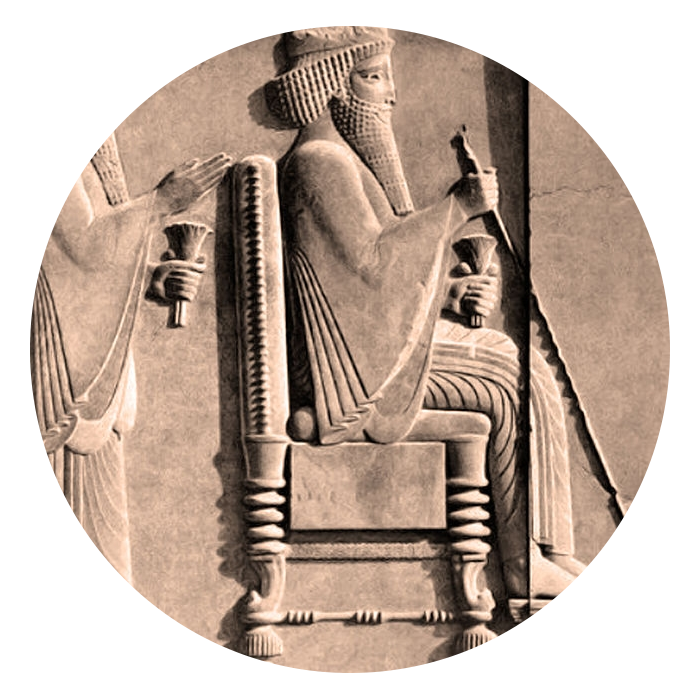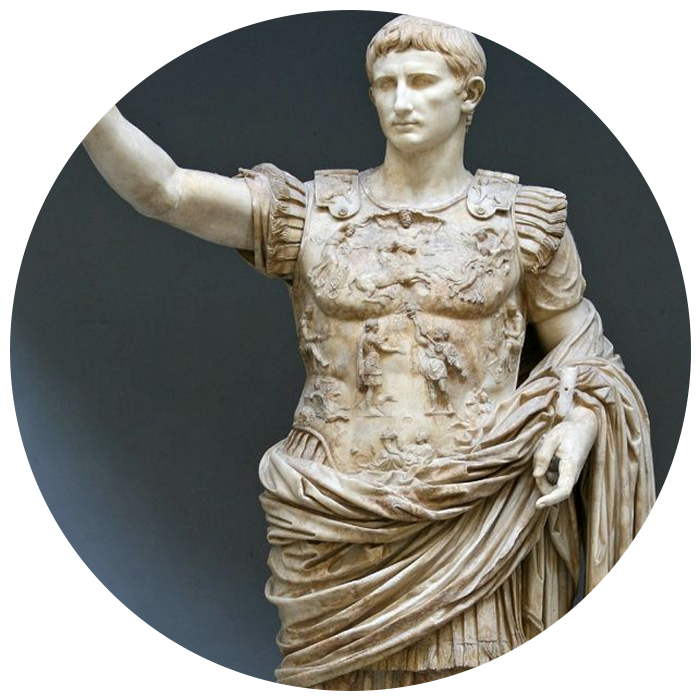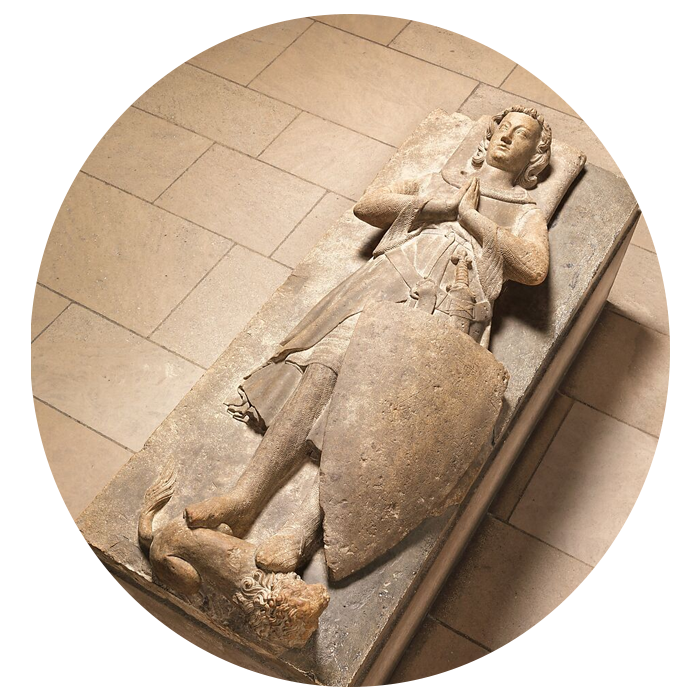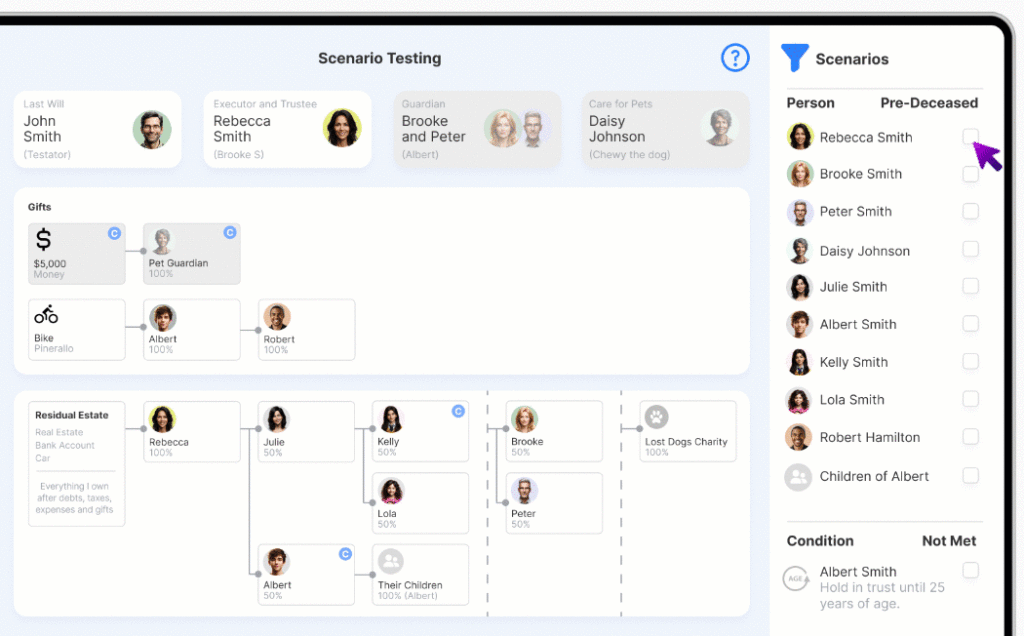
Evolution of the Last Will and Testament
The evolution of the Last Will and Testament is a fascinating journey through time, reflecting the changes in society, law, and technology. What started as a basic legal tool has transformed into something that can now be visualized and tested with modern tools like Will Hero. Here’s how we got here:

Ancient Mesopotamia (~1750 BCE)
The story of the Will begins in ancient Mesopotamia. The Code of Hammurabi, one of the oldest known collections of laws, included provisions for inheritance and testamentary transfers. While these early “Wills” were far from the documents we recognize today, they established the fundamental idea: that individuals should have a say in what happens to their possessions after death. Even in these ancient times, people understood the need for clear, legal directions when it came to passing down property, and this was the seed that would grow over millennia.

Roman Era (~450 BCE - 500 CE)
The Romans brought significant advancements to estate planning, formalising the Will as a cornerstone of their legal system. They introduced the term “testament” and allowed individuals to name heirs and distribute property after death. This was more than just practical—it was revolutionary. For the first time, people had comprehensive control over their legacies. Roman testamentary practices influenced future legal systems, laying the groundwork for modern Wills. By giving people the power to choose how their assets would be divided, they set the stage for more flexible, personalized inheritance planning.

Medieval England (~12th Century)

Statute of Frauds (1677)
Fast forward to 1677, when the Statute of Frauds brought even more structure to the process of making a Will. It required Wills dealing with real estate to be in writing, establishing the written document as the gold standard for ensuring one’s wishes would be legally respected. This formalisation of the Will-making process is still echoed in the requirements for Wills today: the need for clear, documented intentions, witnessed and legally recognised.

The First Online Will (Early 2000s)
The digital age brought another leap forward. In 2001, companies like LegalZoom pioneered the first online Will templates. For the first time, creating a Will became accessible and affordable for everyday people, democratising estate planning. Instead of visiting a lawyer’s office, individuals could now create a Will from their home, navigating simple online forms. This shift was key to making Will creation more convenient, but the basic process remained the same—users filled out traditional forms to declare their wishes.

First Visual Will Designer (2024)
Now, in 2024, the Will is once again being transformed—this time, with the introduction of Will Hero, the first visual Will designer. Unlike anything before it, Will Hero enables people to create their Wills visually, transforming what was once a daunting task into an interactive, user-friendly experience. Will Hero doesn’t just stop at creating a Will; it allows users to scenario-test their Wills under various circumstances, giving them unprecedented insight into how their wishes would unfold in real-life situations.
This latest evolution isn’t just a technological leap; it’s a reimagining of what a Will can be. By empowering individuals with visual tools and predictive testing, Will Hero is making estate planning more intuitive, dynamic, and accessible than ever before. As the next step in the centuries-long evolution of Wills, Will Hero brings the past into the future, helping people secure their legacy on their terms.
The story of the Will is far from over. Will Hero aims to transform will creation by making it more visual, interactive, and even fun! Try Will Hero for yourself today.
